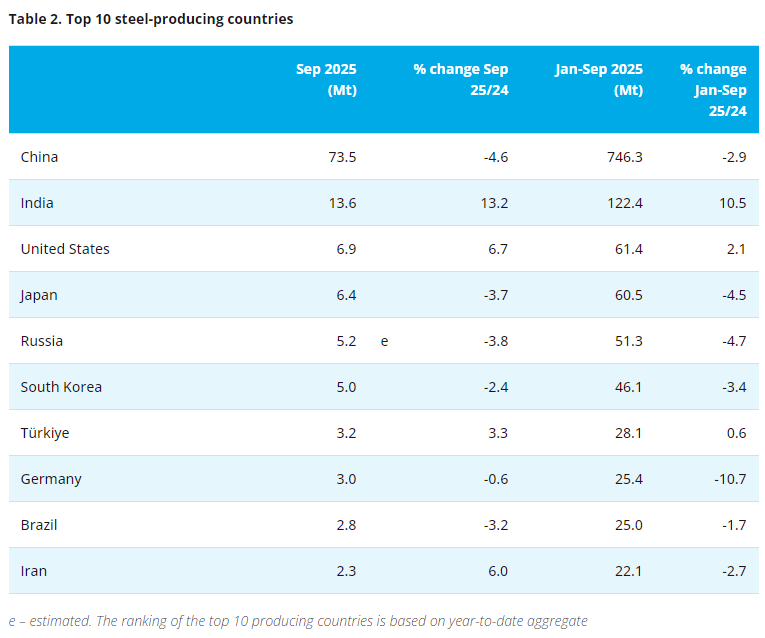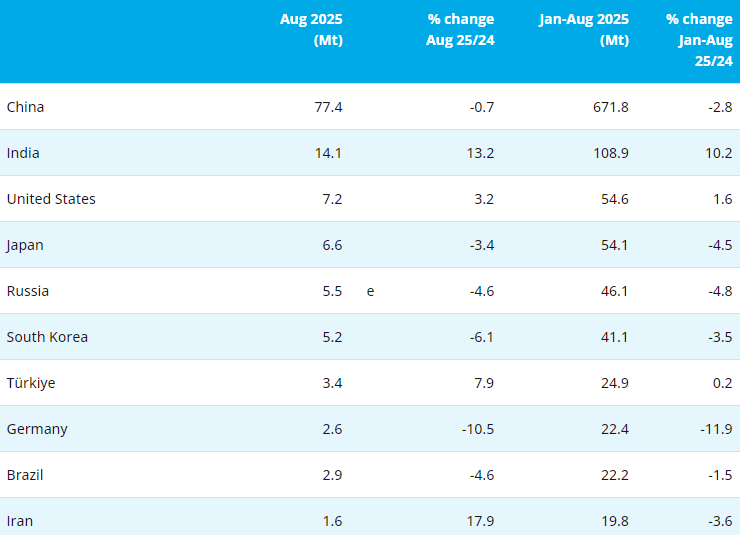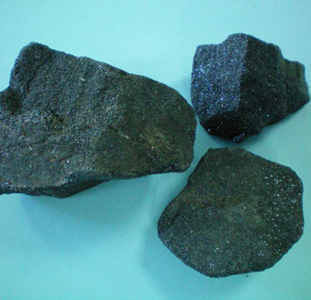【Ferro-alloys.com】: Rio Tinto has announced the successful start-up of a new technology to help transition towards large-scale, low-carbon aluminium production.
The 450 kiloampere designed inert anode cell sits at the end of existing potline infrastructure at the company’s smelter in Alma, Quebec, Canada, and marks the first implementation of such technology at commercial-size scale.
In collaboration with technology provider ELYSIS, the inert anode technology creates high-amperage aluminium production with no direct carbon emissions from the smelting process – with the technology having the potential to improve worker safety, reduce costs, and enhance productivity.
The company’s goal is to revolutionise the way aluminium is produced worldwide, with inert anode technology replacing traditional carbon anodes to help reduce greenhouse gas emissions – emitting only oxygen during the process.
This global first, Rio Tinto said, reinforces Canada’s position as a leader in sustainable aluminium and reflects ELYSIS’ unwavering commitment to innovation, collaboration, and climate leadership.
“This historic milestone results from years of relentless innovation and teamwork of all ELYSIS employees and collaborators. While research and development is rarely linear, our combined efforts have turned vision into reality. Today, we’re not just powering a new cell, we’re powering the future of aluminium,” ELYSIS president François Perras said.
“Today marks a major step for ELYSIS in its journey to commercialise its groundbreaking aluminium smelting technology without direct carbon emissions. Through our involvement in the joint venture, Rio Tinto is reinforcing its commitment to inert anode smelting,” Rio Tinto aluminium and lithium chief executive Jérôme Pécresse said.
“The construction of the first demonstration plant using this new technology at our Arvida smelter in Canada underscores its importance as a core pillar of our long-term decarbonisation strategy.”
The Australian Aluminium Council (AAC) has noted that the emerging technology is highly promising and could be rolled out more widely over the next five years. “The technology has the potential to be used at both new and existing smelters, including those in Australia,” the AAC said in a discussion paper last year.
- [Editor:Alakay]



 Save
Save Print
Print Daily News
Daily News Research
Research Magazine
Magazine Company Database
Company Database Customized Database
Customized Database Conferences
Conferences Advertisement
Advertisement Trade
Trade














Tell Us What You Think